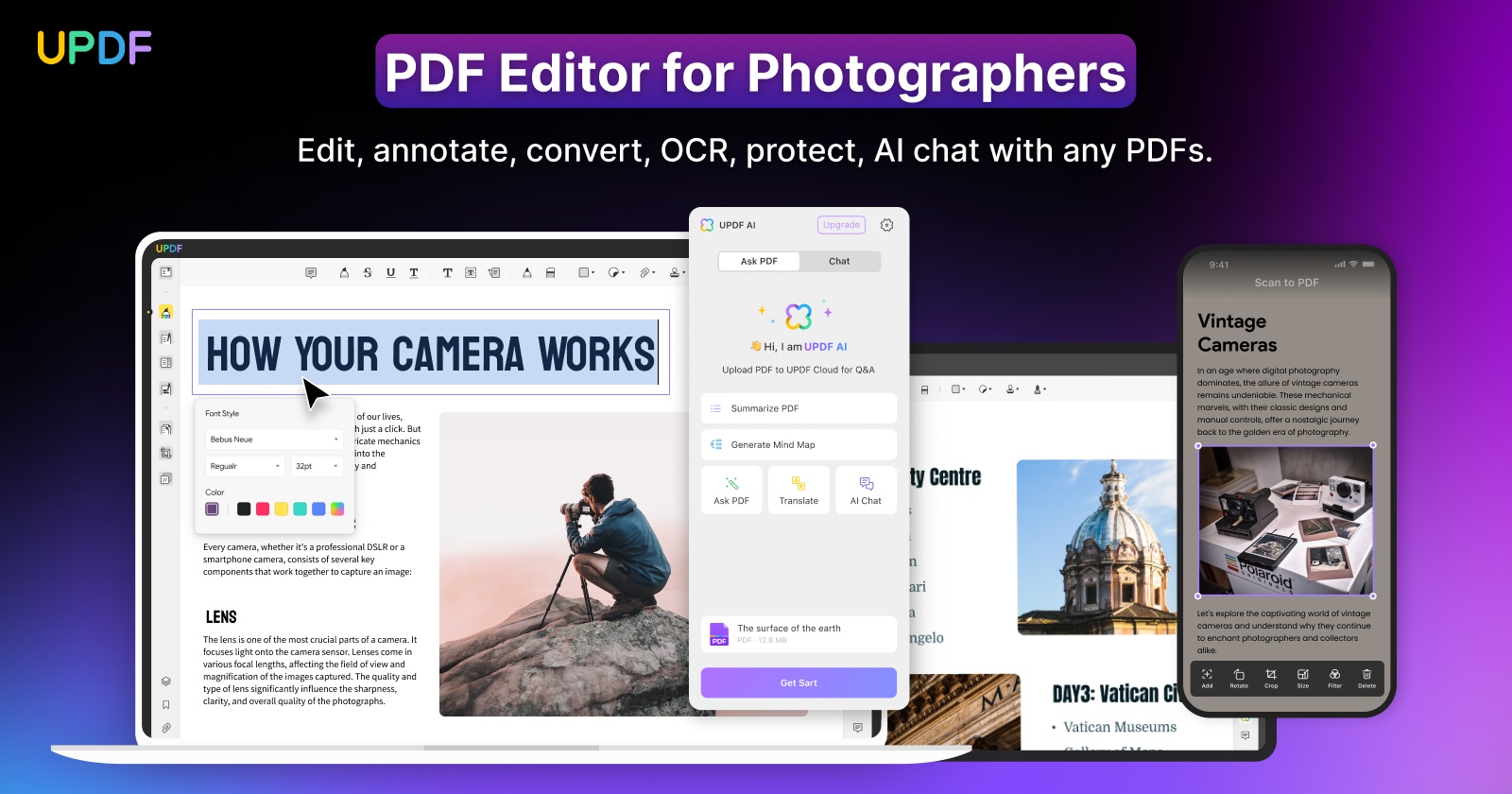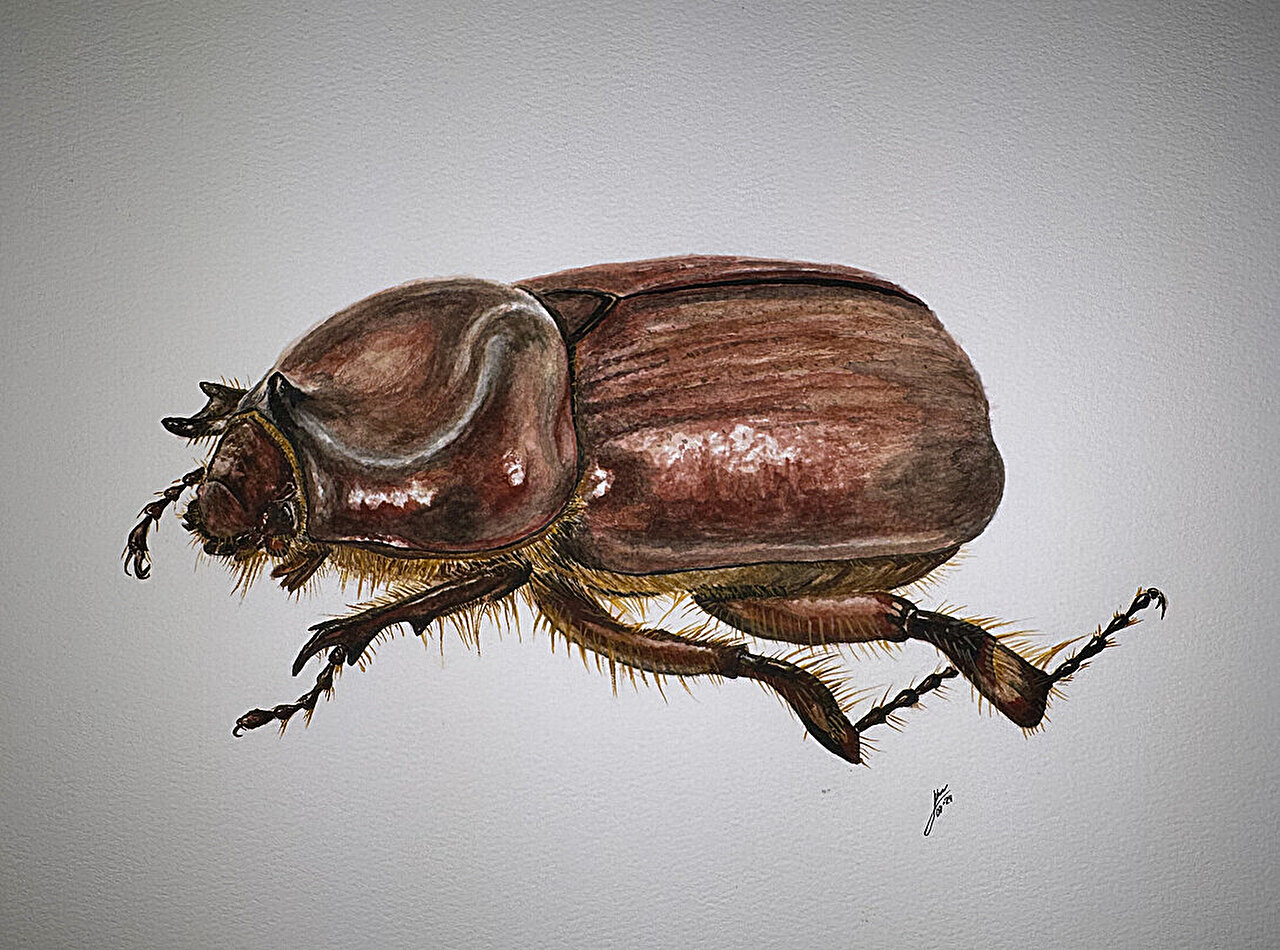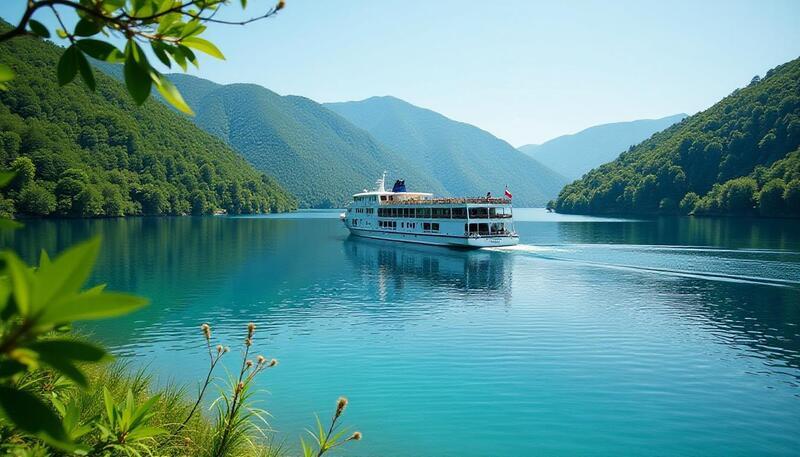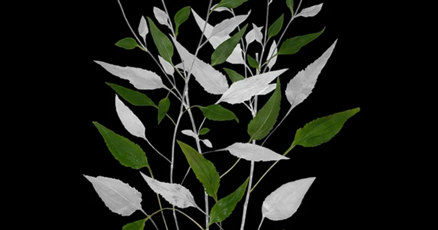A photography exhibition, “One-Year Anniversary of the February 6 Earthquakes and the UN Response,” opened in Ankara
A photography exhibition, “One-Year Anniversary of the February 6 Earthquakes and the UN Response” is opened on February 1 at the Ankara Metropolitan Municipality Kızılay Metro Art Gallery.
The exhibition which can be visited until February 12 is a demonstration of the United Nations standing in solidarity with Türkiye on the anniversary of the February 6 earthquakes. The UN and its agencies have been on the ground since day one to support Türkiye’s earthquake response. Today, they continue their strong commitment to assist recovery efforts. Their work in the region has been wide-ranging and significant progress has been made.
With the exhibition, UN Türkiye and UN agencies in Türkiye show their commitment to continue supporting Türkiye’s recovery efforts to build back better and leave no one behind.




















